Lupinus rivularis is a species of lupine known by the common name riverbank lupine. It is native to western North America from southern British Columbia to northern California, where it is known mainly from coastal habitat. This is a robust, erect perennial herb or subshrub growing up to about a meter tall. The mostly hairless stem is thick, hollow, and reddish in color. Each palmate leaf is made up of 5 to 9 wide leaflets 2 to 4 centimeters long. The flower cluster is a raceme of many flowers sometimes arranged in whorls. The flower is light purple in color, often with white parts or shading. The fruit is a somewhat hairy legume pod up to 7 centimeters long which turns dark as it ages. Description from Calscape
Home > Plant Guide >
Scientific Name
Family
Garden Type
Wildlife
Native Plant Region
Light needs
Water Needs
Plant Type
Bloom Color(s)
Height
Width
Months in Bloom
Safe Beneath Power Lines?
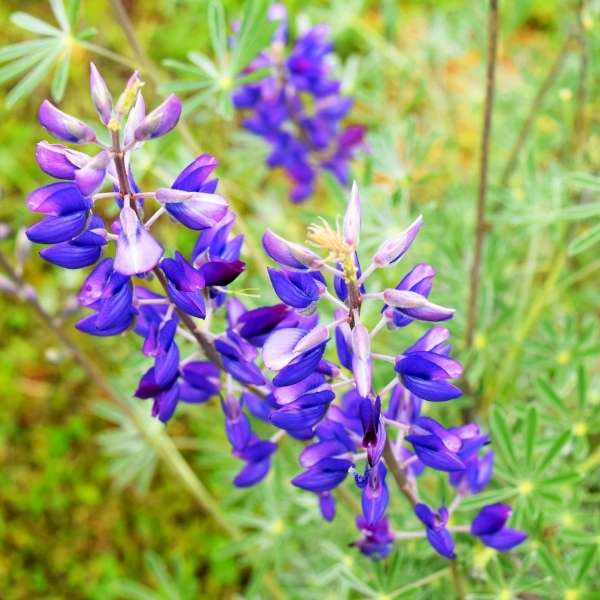
We’d like to maintain accurate and robust plant listings. If you see information that is not correct or that could be added to improve the listing, please let us know. Or if you’d like to suggest a plant to add to our plant guide, you can use this form do so. Thank you!
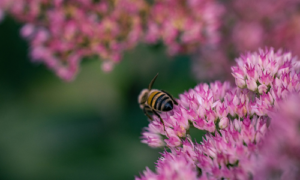
This workshop will guide you through the process and materials needed to help you decide if Mason Bees are right for you and your garden, whether you have a small deck or an open garden.
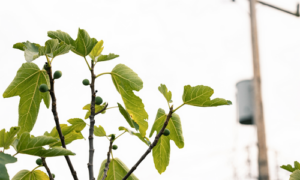
Learn about the diversity in pigeon populations in the United States and the implications of this variability on the species.
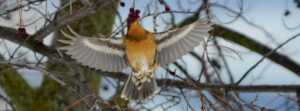
Take a virtual trip across Capitol Hill to learn about urban habitat types, how to identify the unique birds they support, and what we can do to make the neighborhood a safer place for them to live.
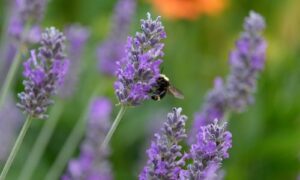
Check out our list of local wildlife-supporting plant stores and nurseries, organizations, and community science opportunities.

The urban environment presents dangers to wildlife that they are not always adapted to overcome. Reducing urban hazards is an essential part of enhancing habitat in cities. After all, we do not want to lure wildlife into our neighborhoods only to have them fatally collide with our windows.

Get involved by sharing and mapping the birds, animals and nature around you to help the community understand the biodiversity in our neighborhood.
Nature of Your Neighborhood is a collaboration between Birds Connect Seattle, the Capitol Hill EcoDistrict, and the Seattle Bird Conservation Partnership. Our goal is to foster relationships between the people and the nature of their neighborhoods.